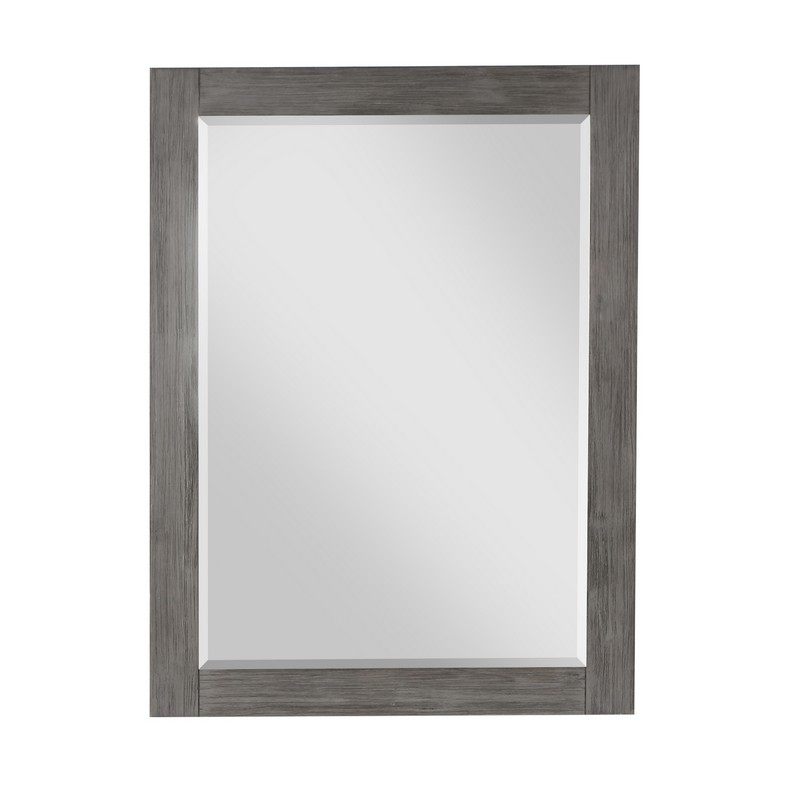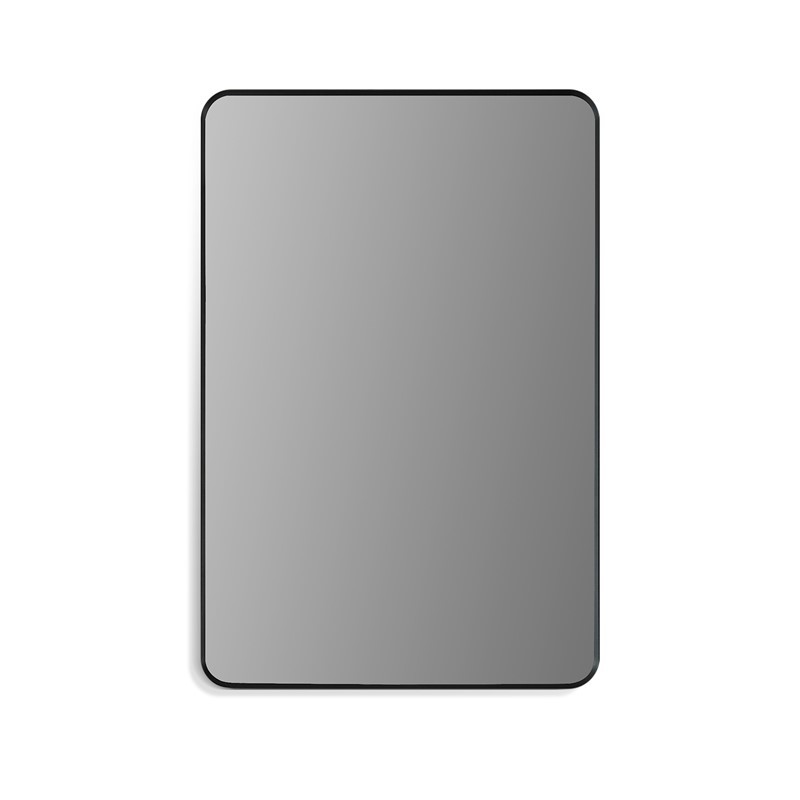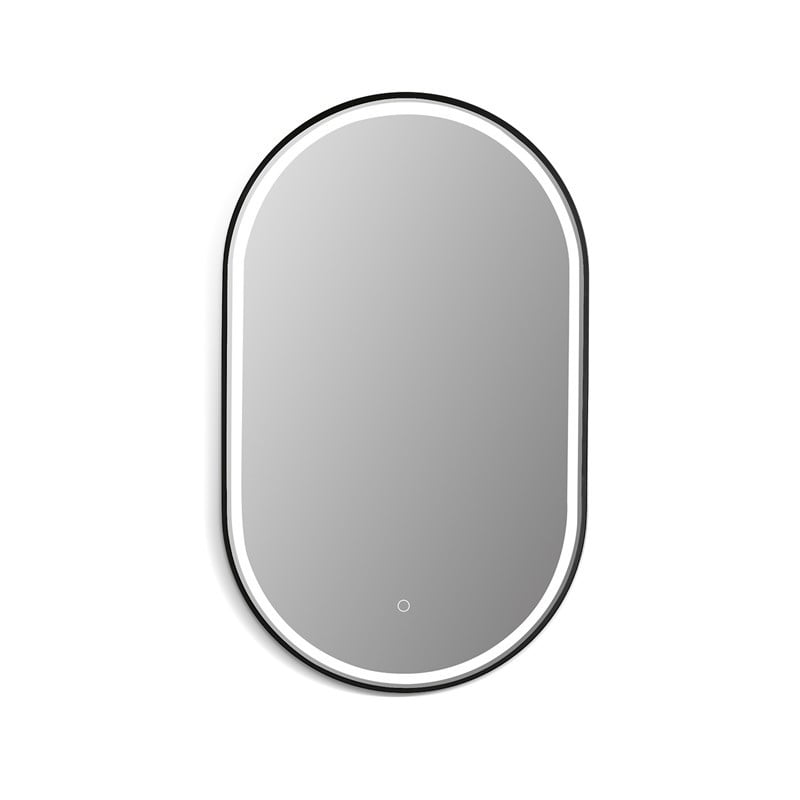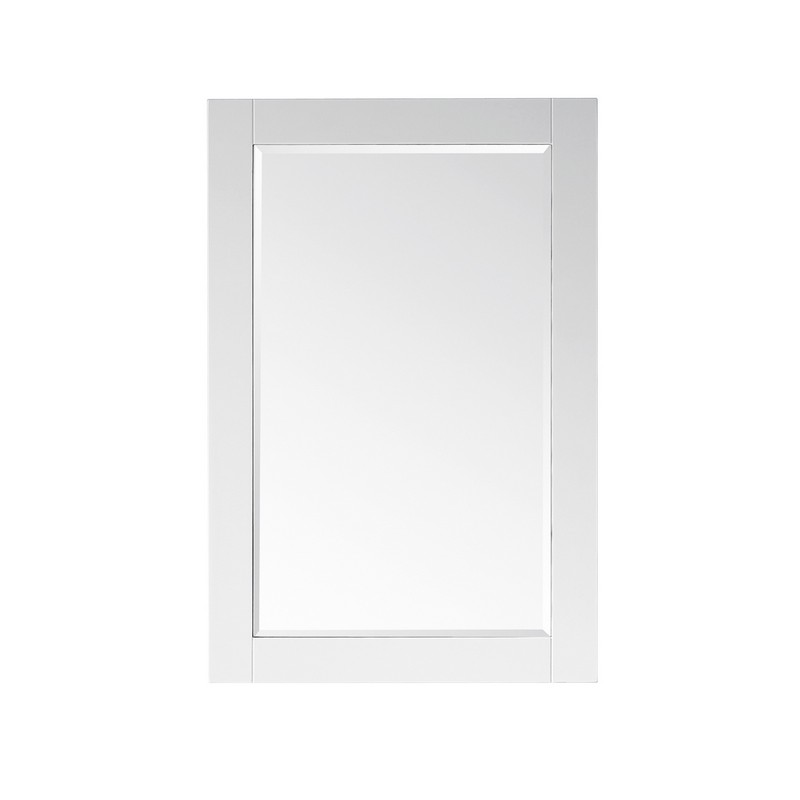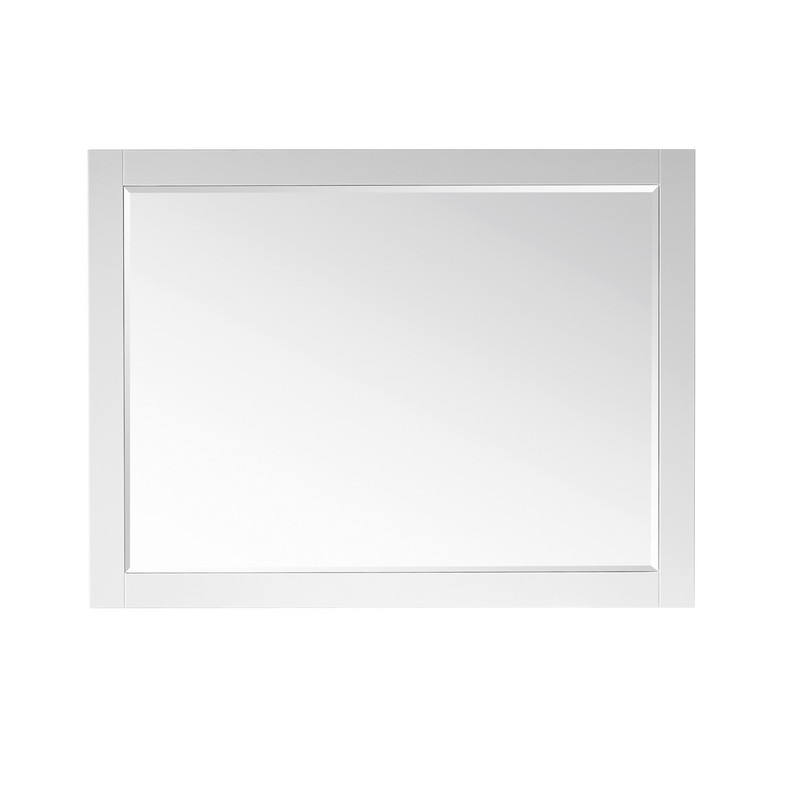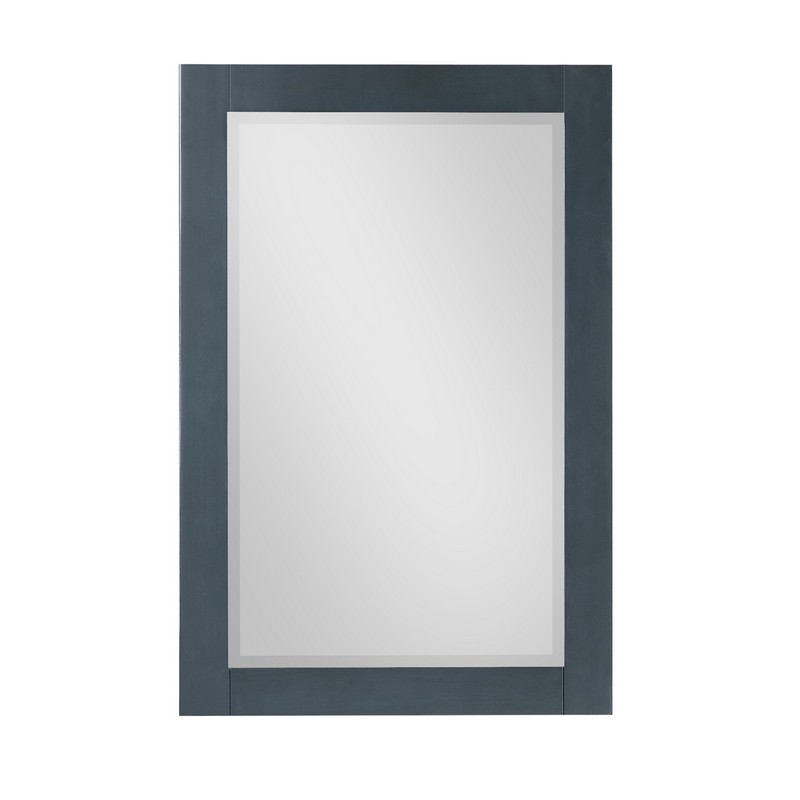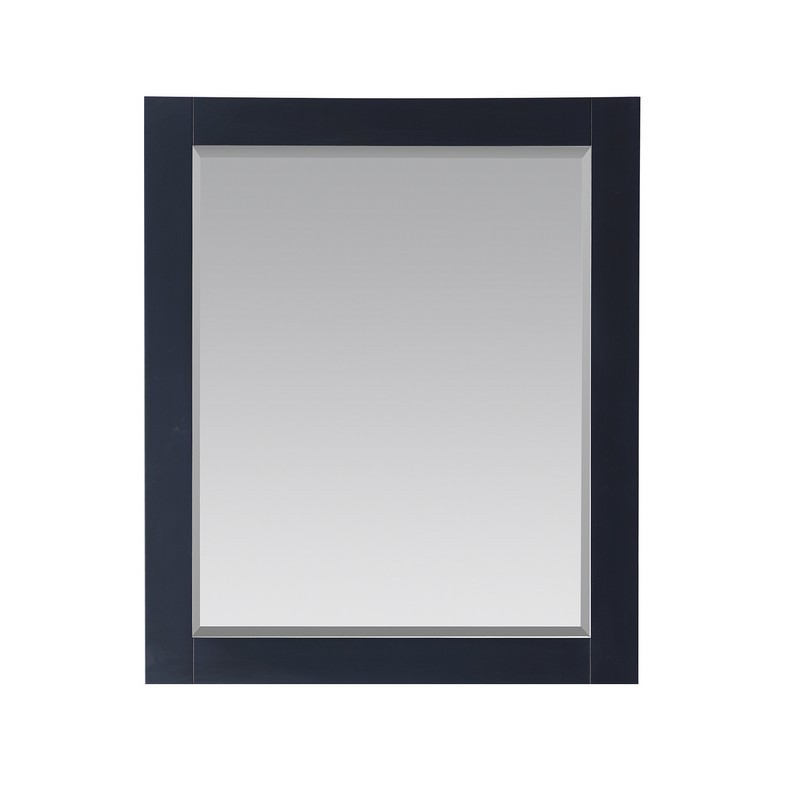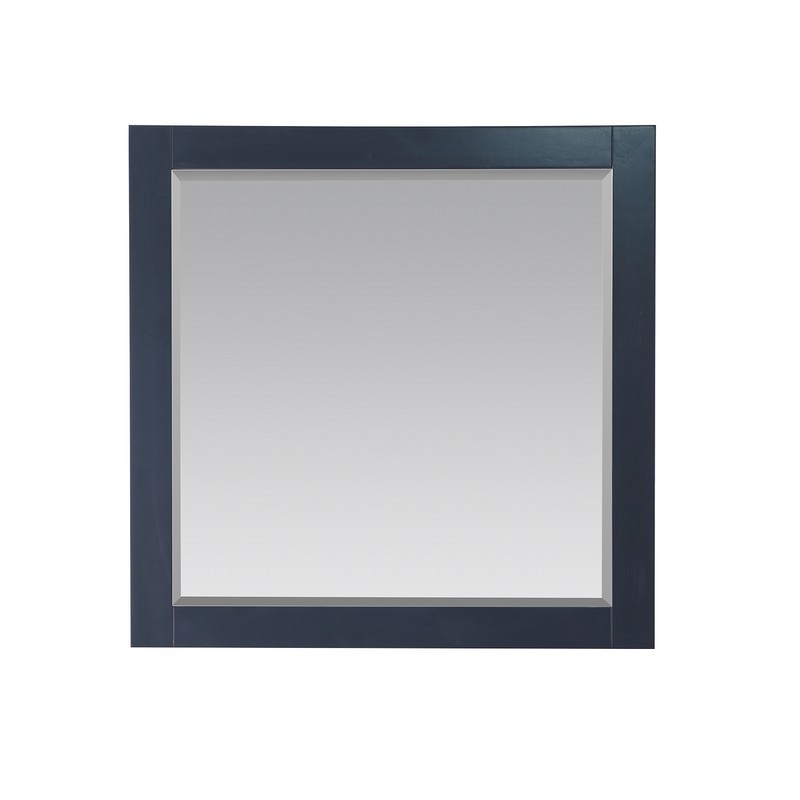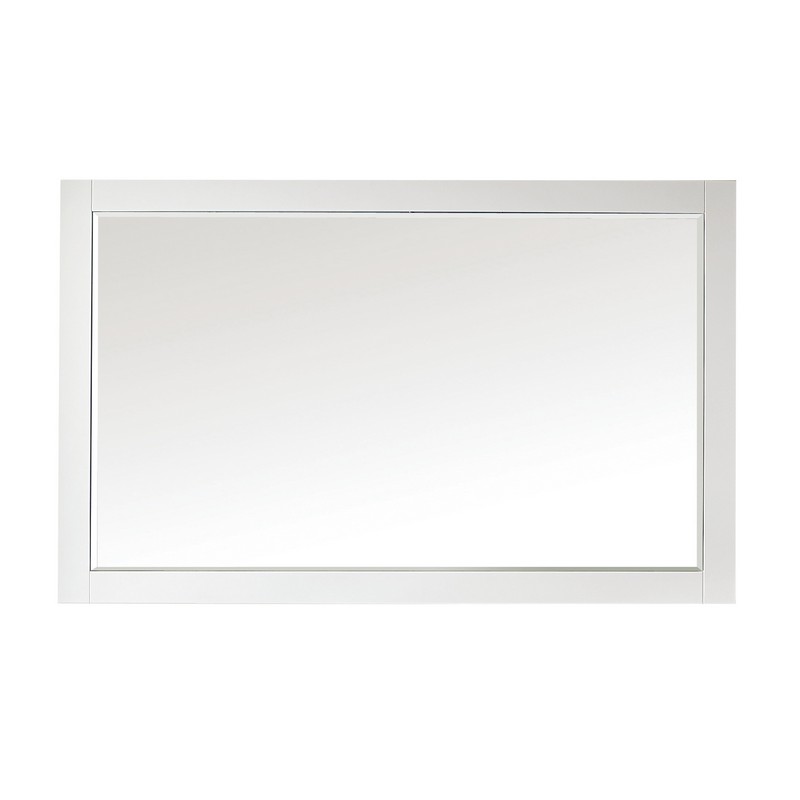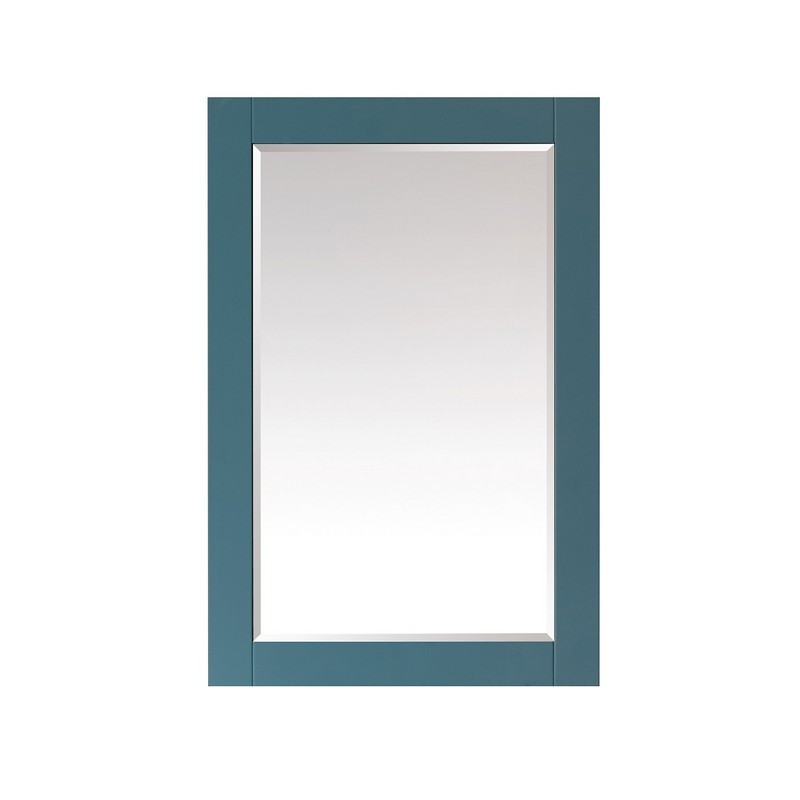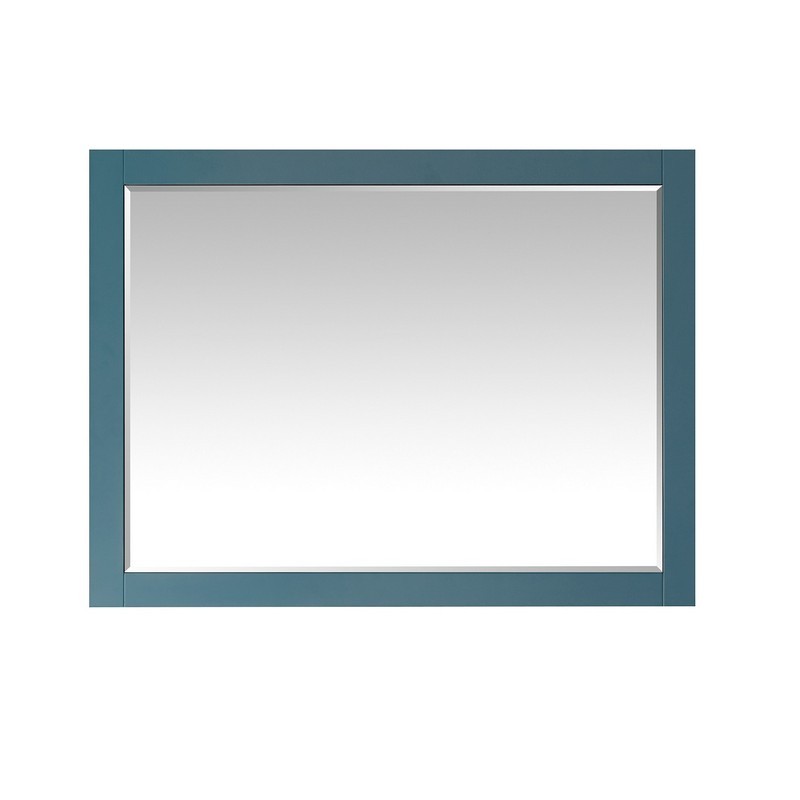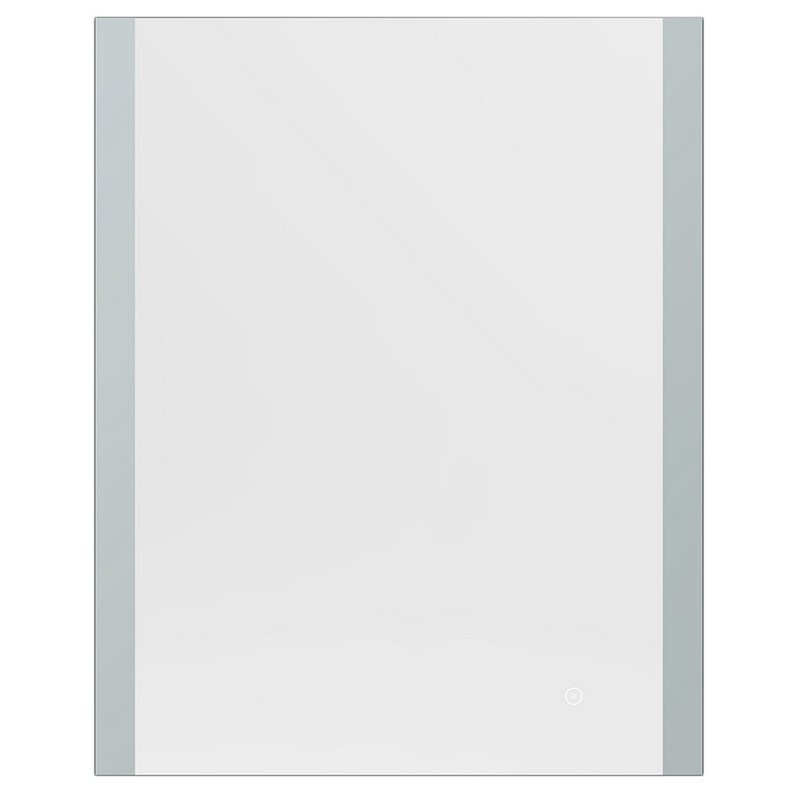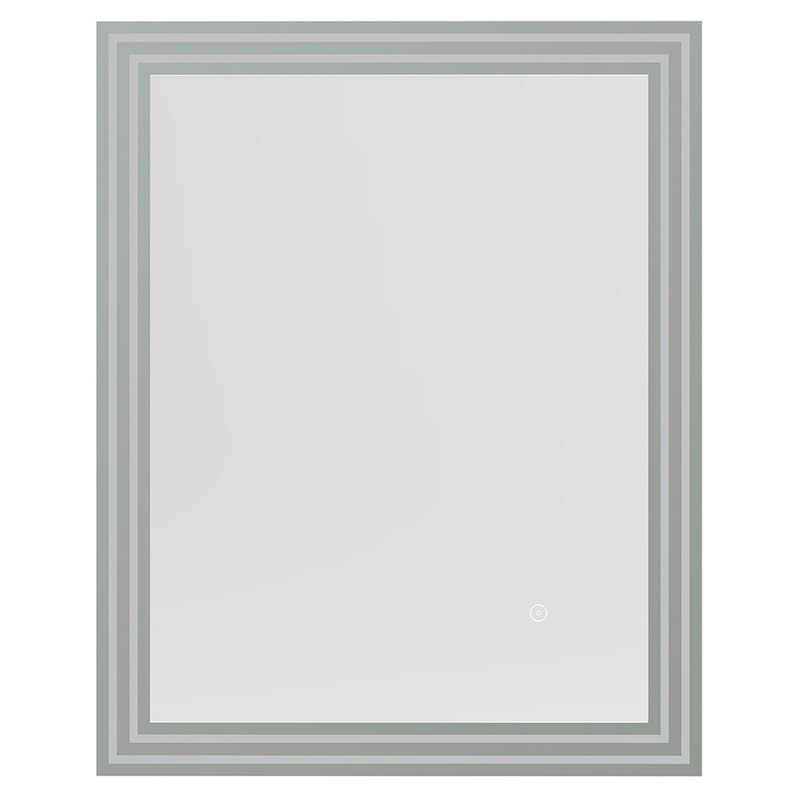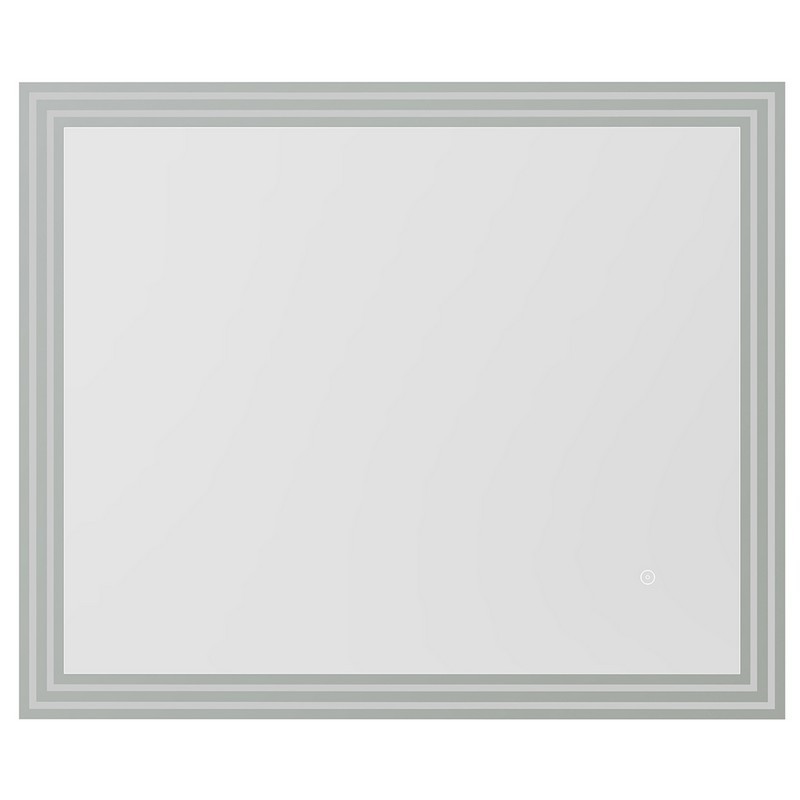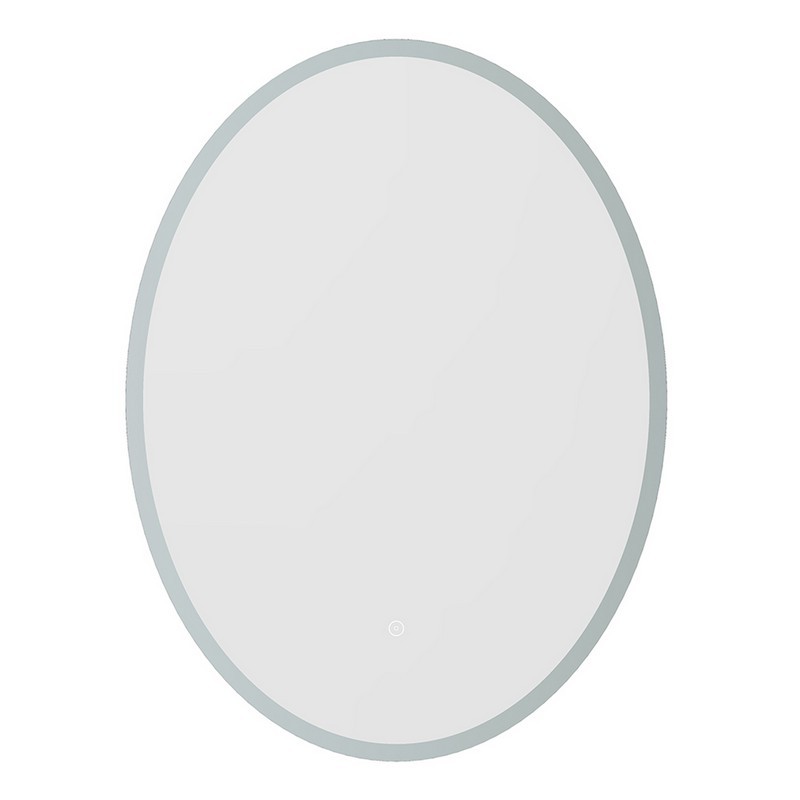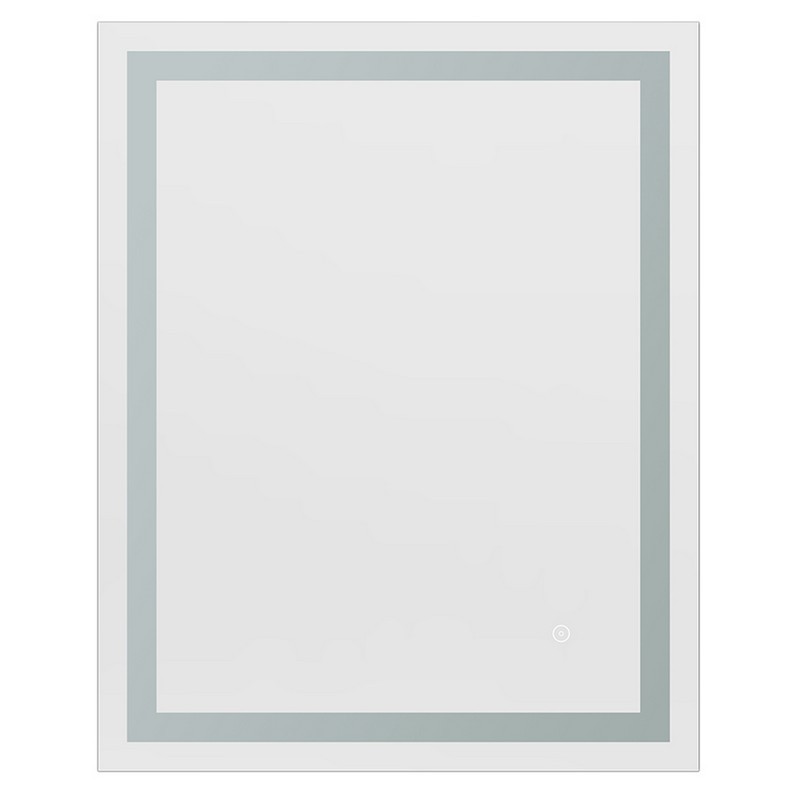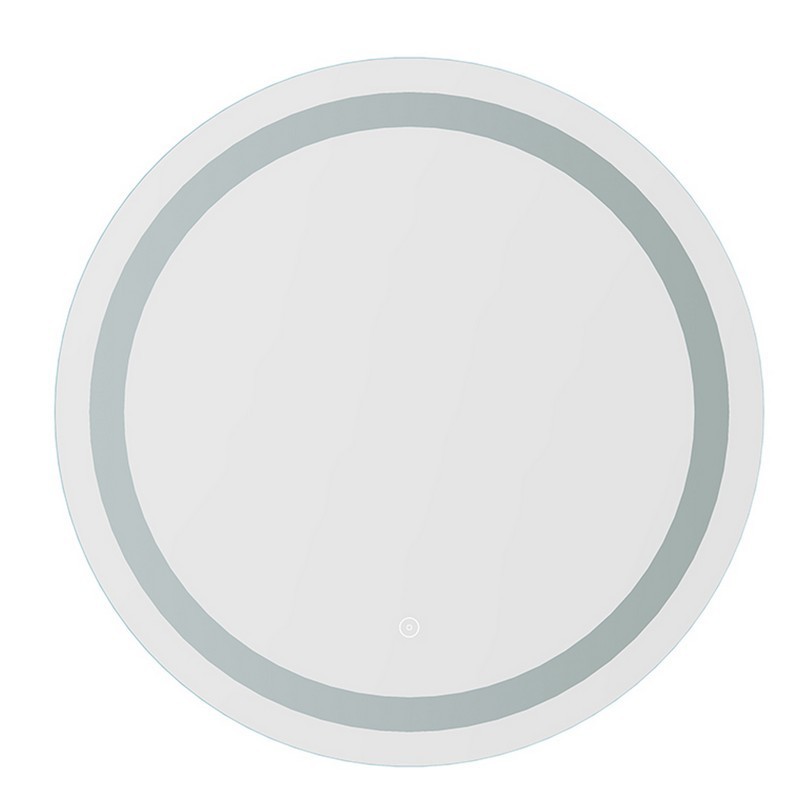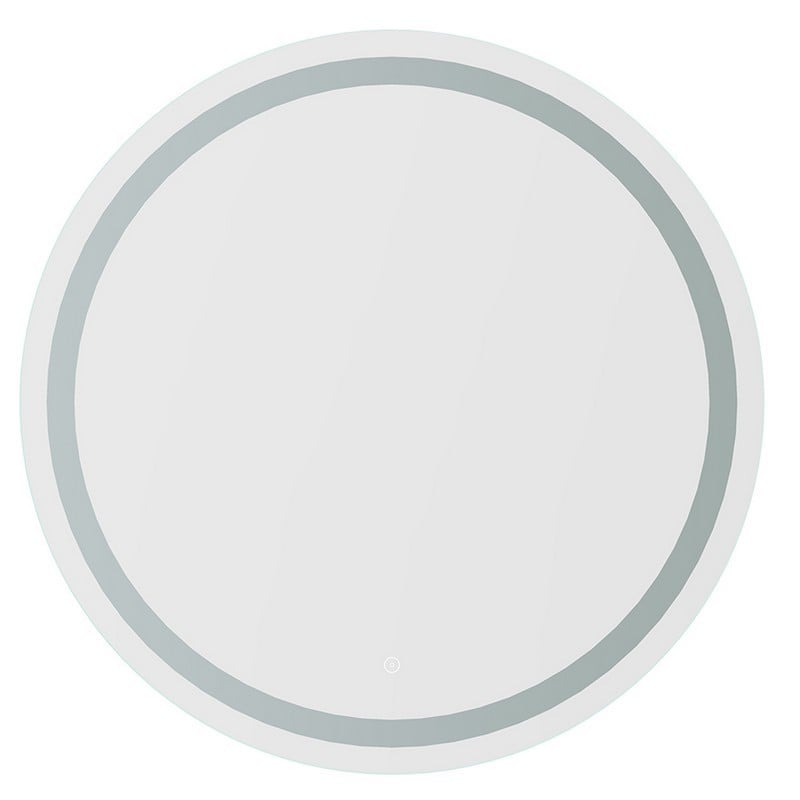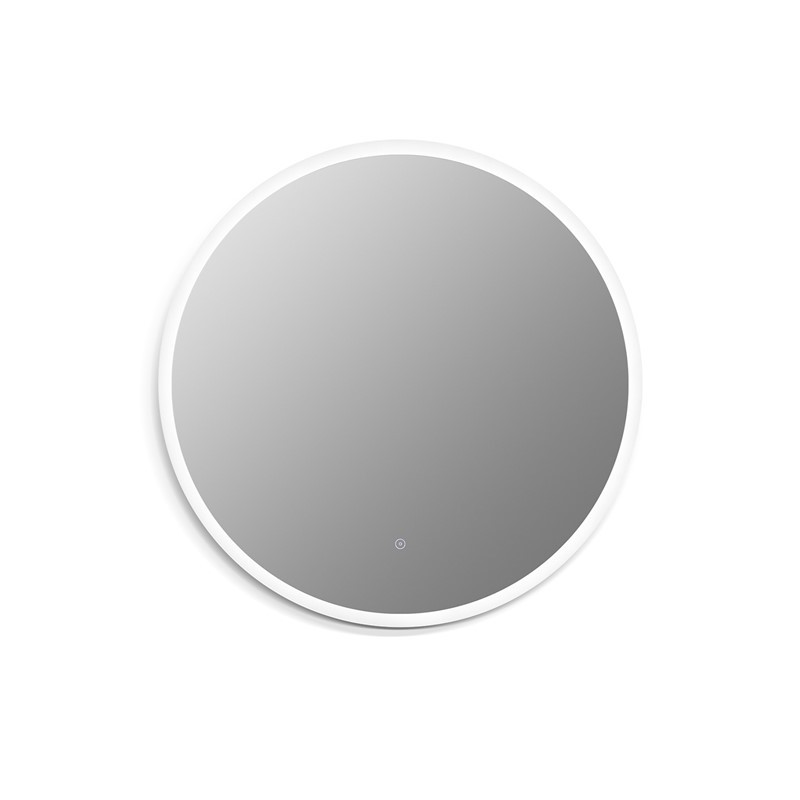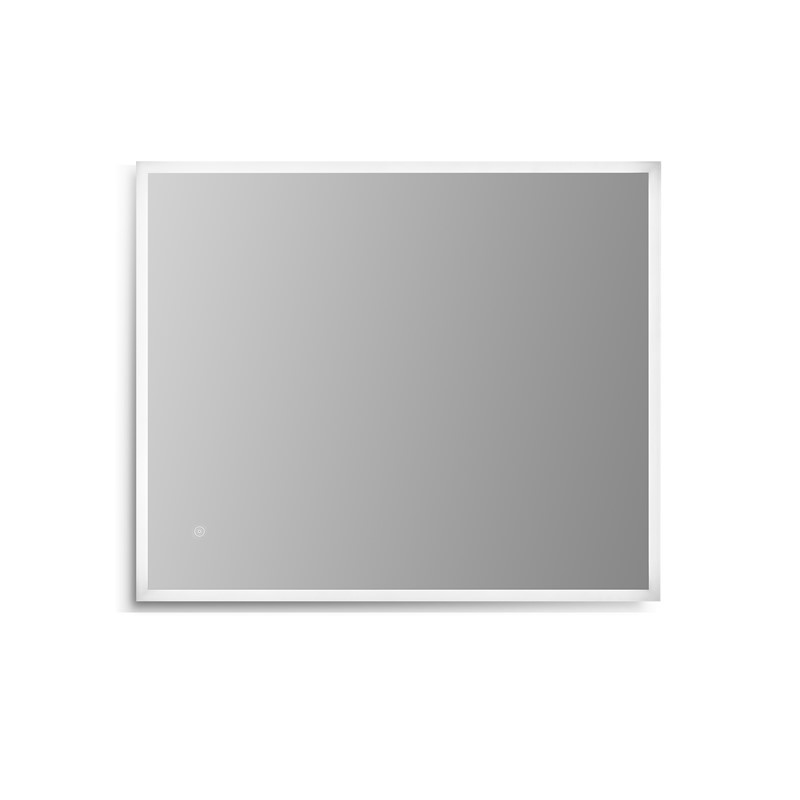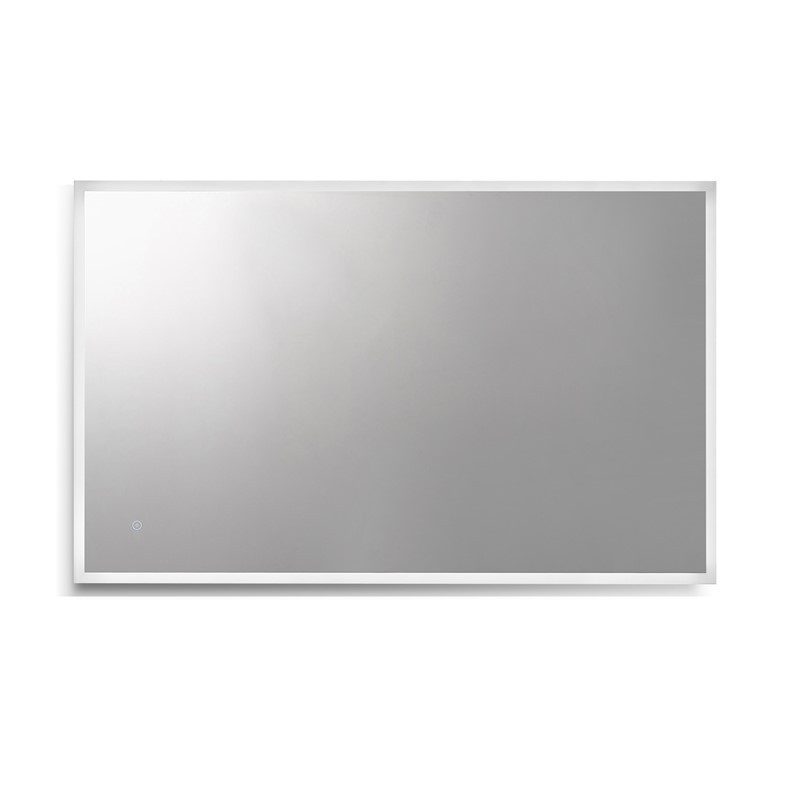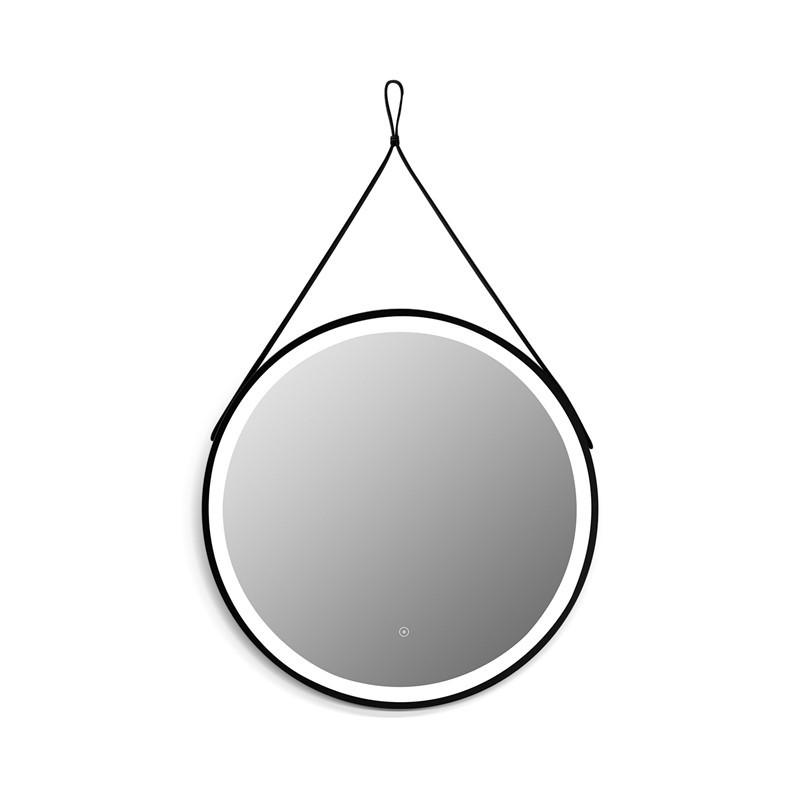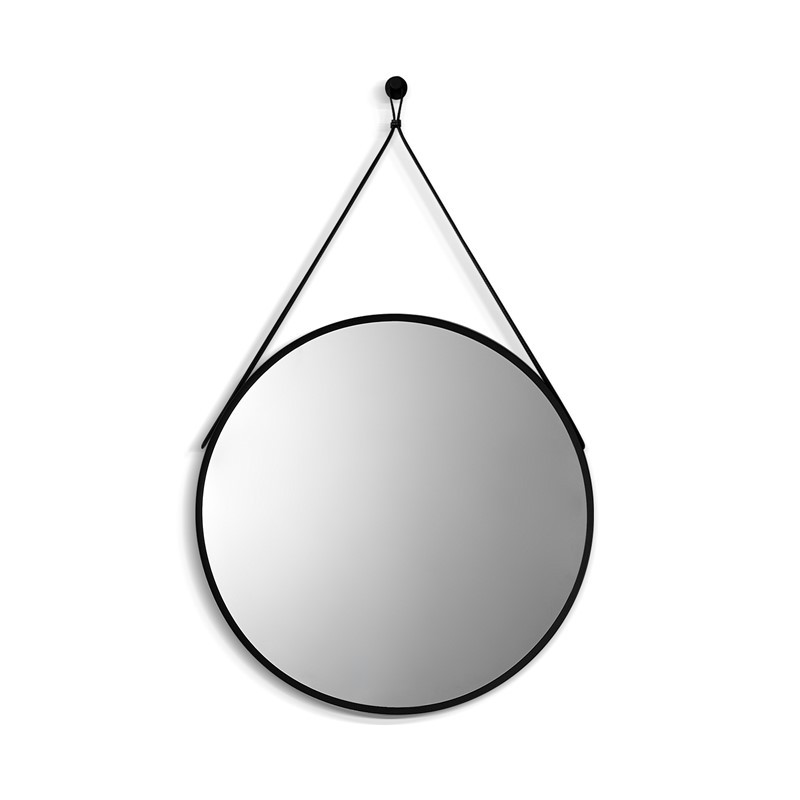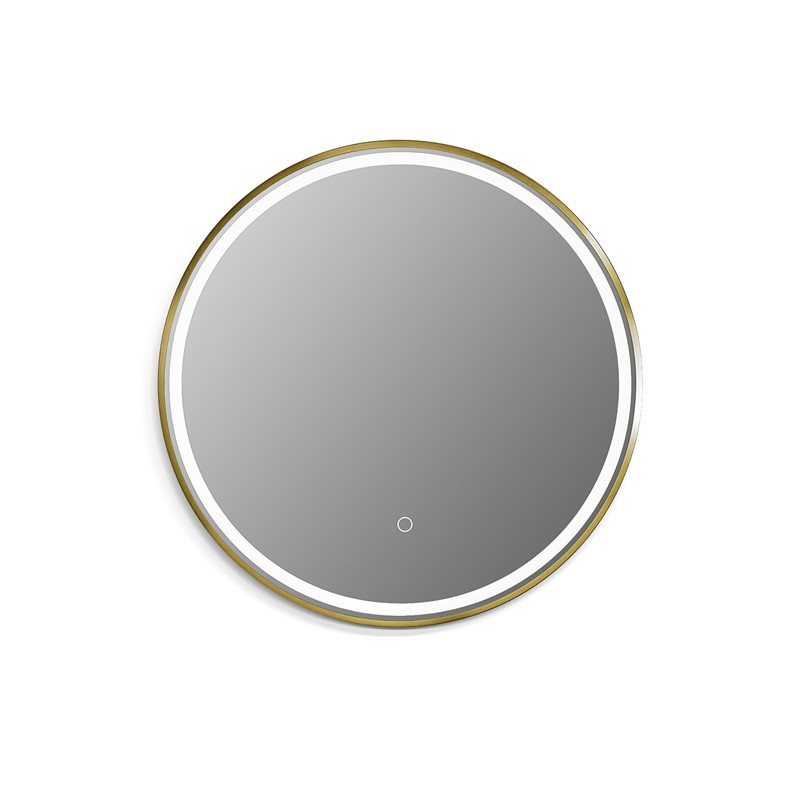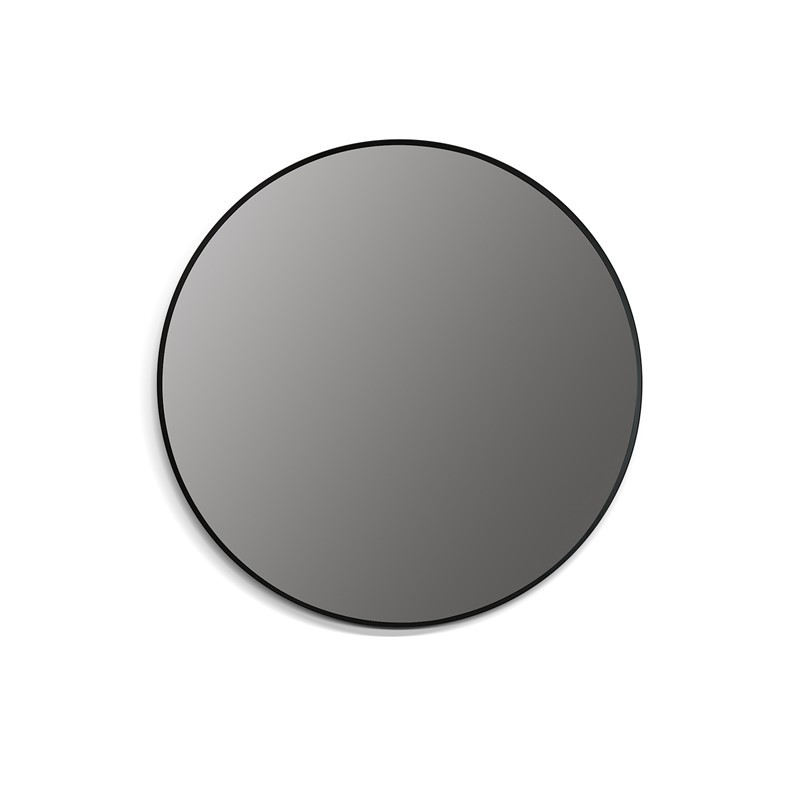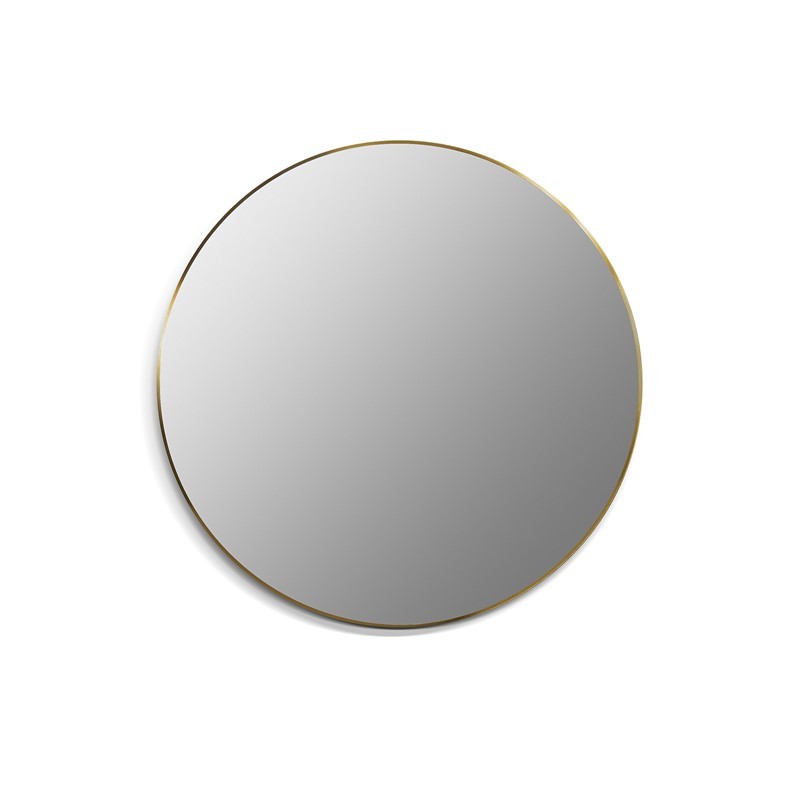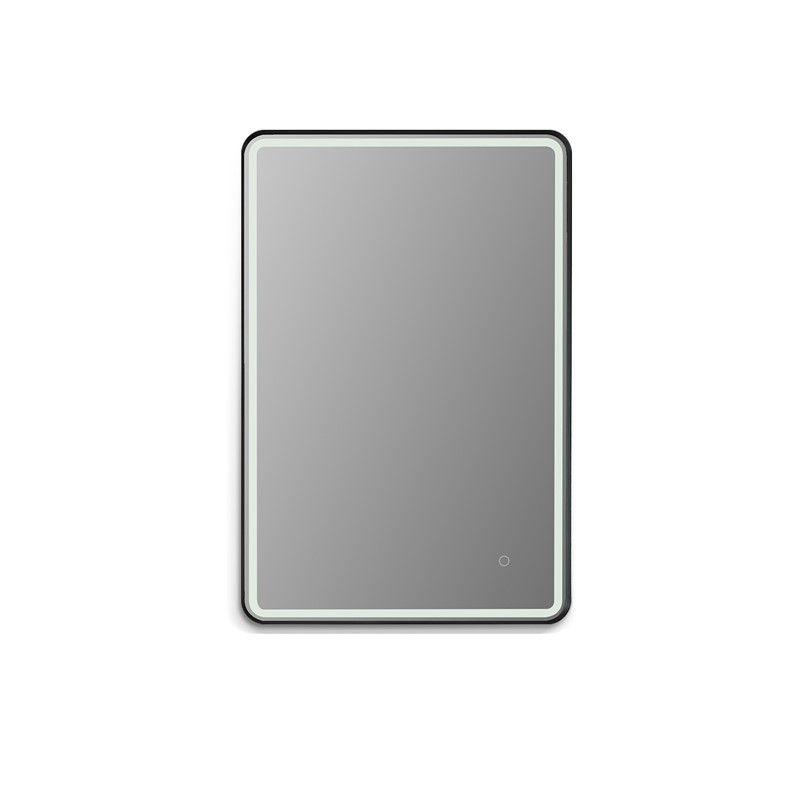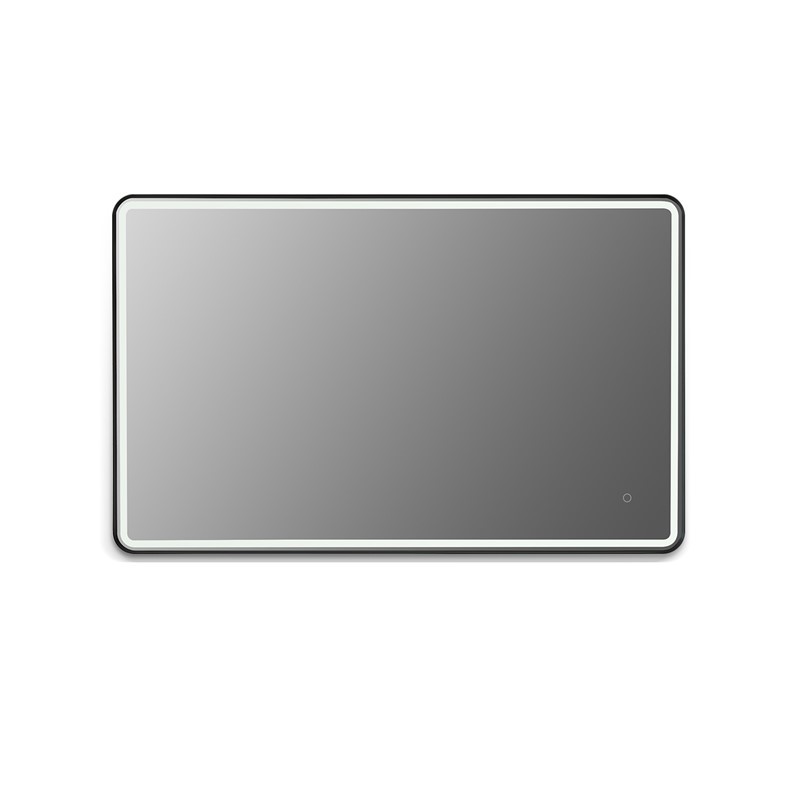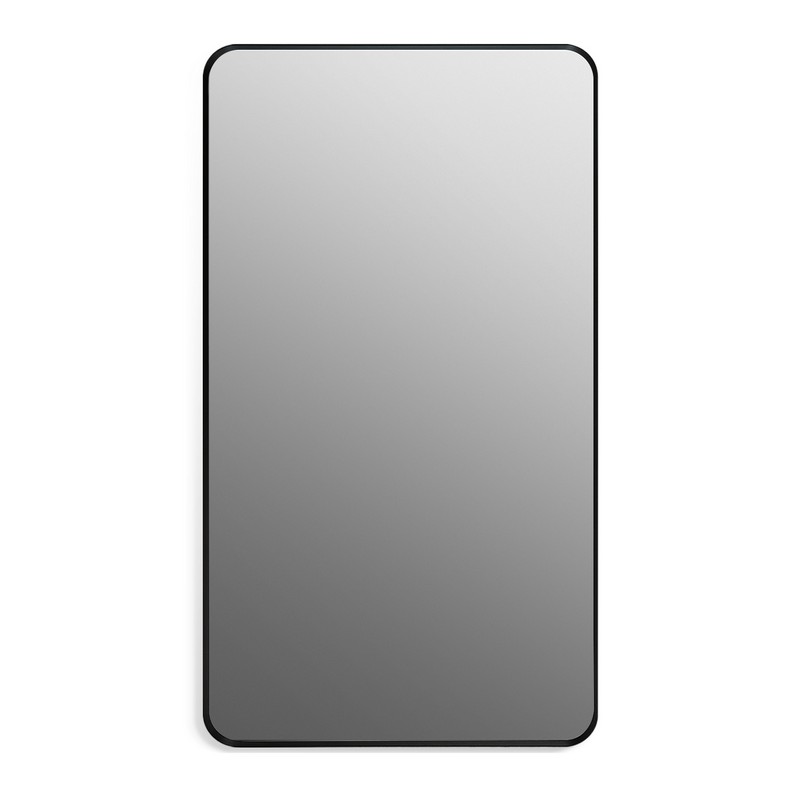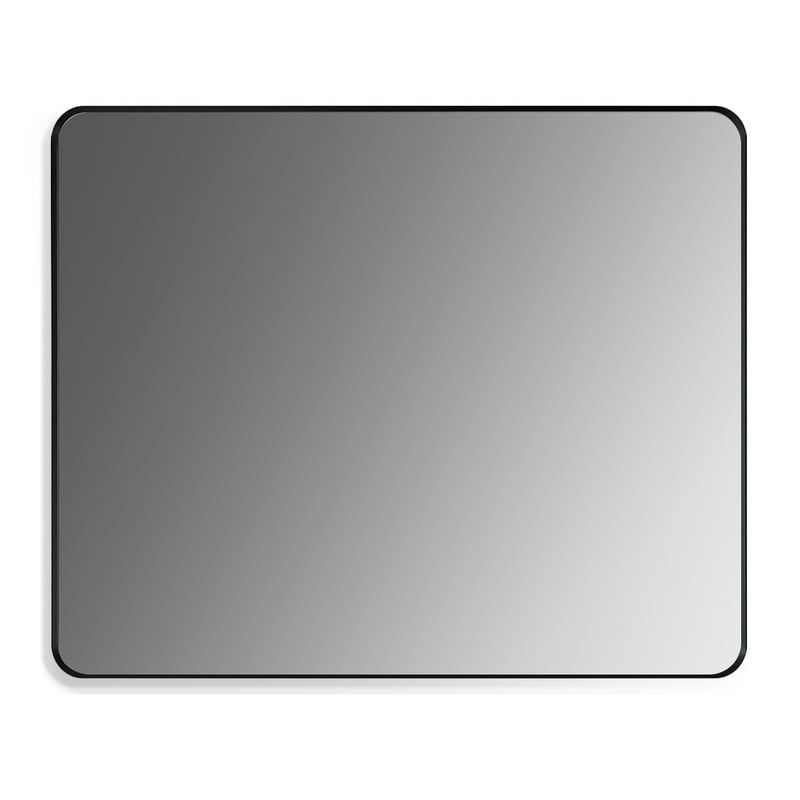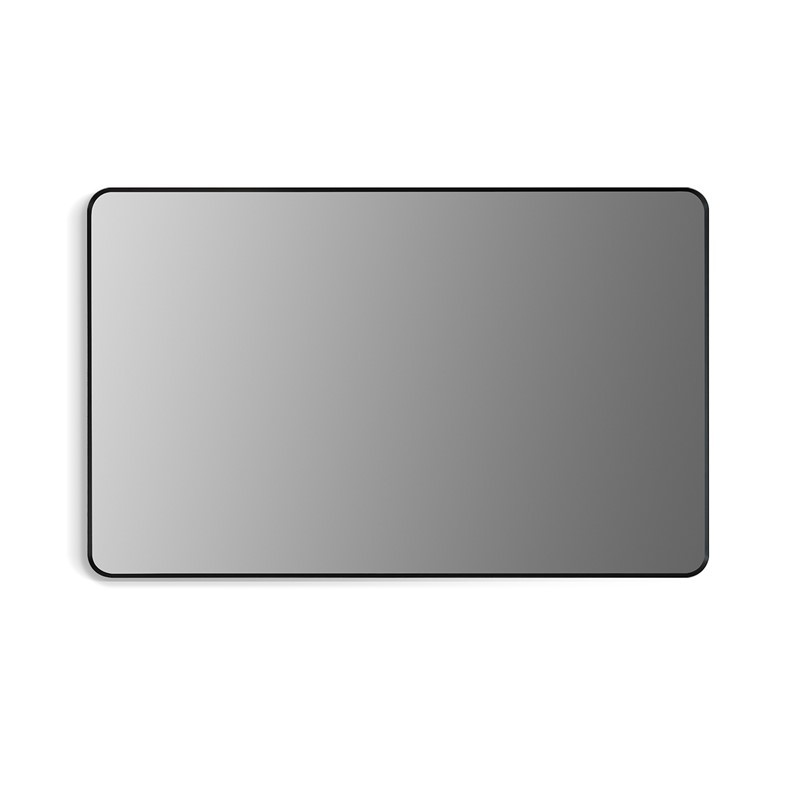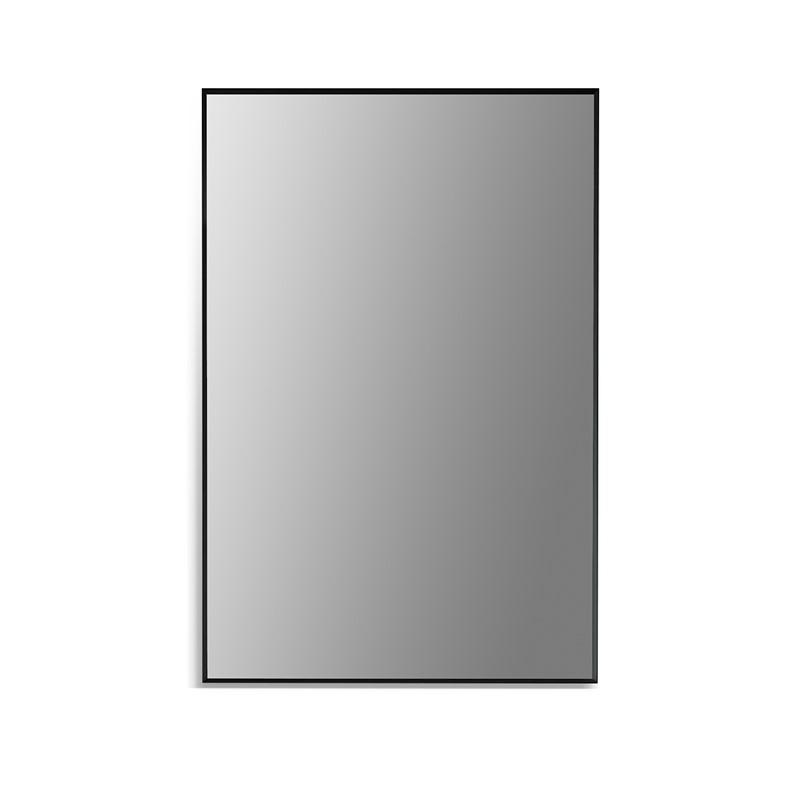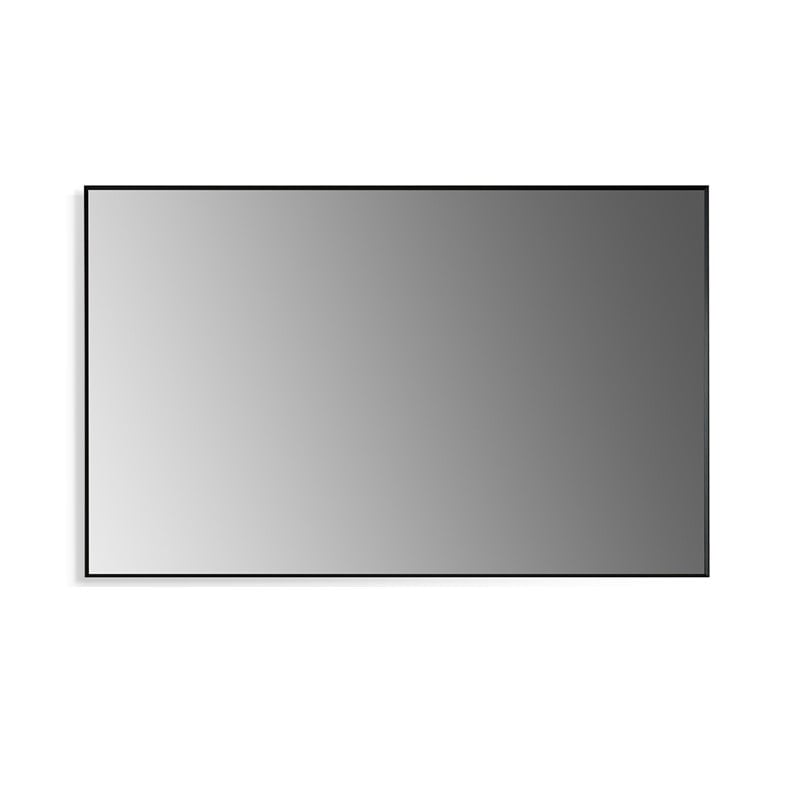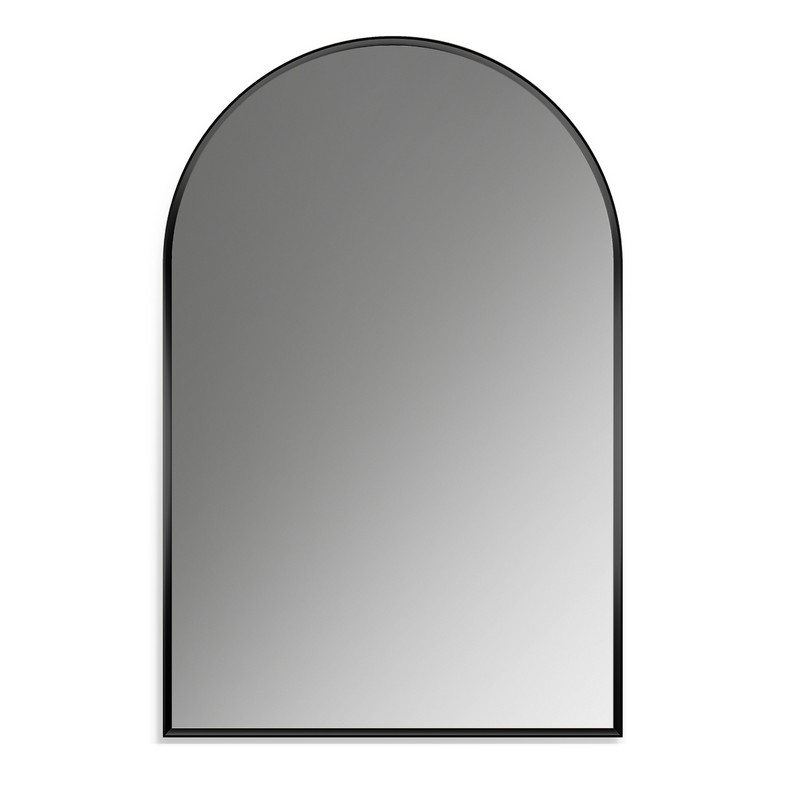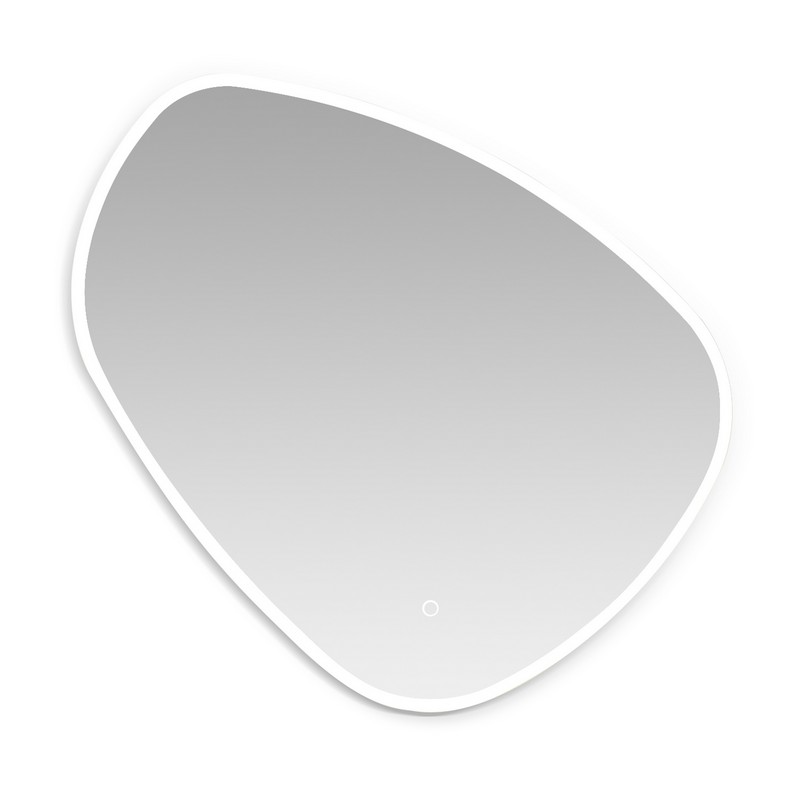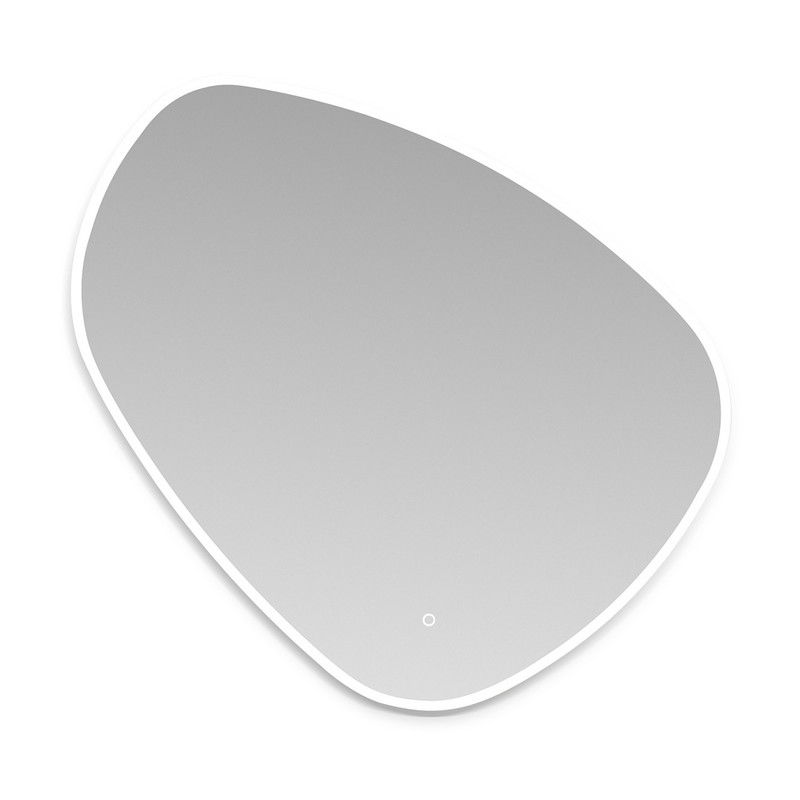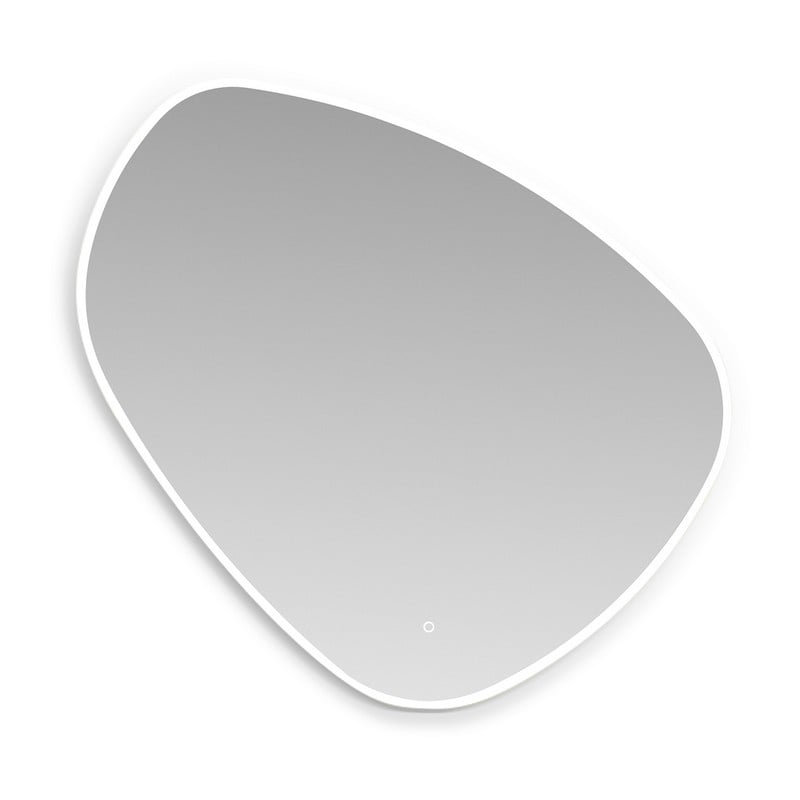$156.69
Low stock, please call
ALTAIR 531030-MIR IVY 27 1/4 INCH RECTANGULAR BATHROOM WOOD FRAMED WALL MIRROR
Low stock, please call
$174.06
Low stock, please call
ALTAIR 754024-MIR NETTUNO 24 INCH RECTANGLE ALUMINUM FRAMED BATHROOM VANITY WALL MIRROR
Low stock, please call
$324.06
Low stock, please call
ALTAIR 756036-LED OLEGGIO 22 INCH OVAL FRAMED MODERN BATHROOM VANITY LED LIGHTED WALL MIRROR
Low stock, please call
$133.94
Low stock, please call
ALTAIR 531024-MIR IVY 24 INCH RECTANGULAR BATHROOM WOOD FRAMED WALL MIRROR
Low stock, please call
$263.56
Low stock, please call
ALTAIR 531048-MIR IVY 48 INCH RECTANGULAR BATHROOM WOOD FRAMED WALL MIRROR
Low stock, please call
$147.81
$318.00
Low stock, please call
ALTAIR 535024-MIR-CB MARIBELLA 24 INCH RECTANGULAR BATHROOM WOOD FRAMED WALL MIRROR - CLASSICAL BLUE
Low stock, please call
$156.69
Low stock, please call
ALTAIR 535030-MIR MARIBELLA 27 1/4 INCH RECTANGULAR BATHROOM WOOD FRAMED WALL MIRROR
Low stock, please call
$203.88
Low stock, please call
ALTAIR 535036-MIR MARIBELLA 33 1/2 INCH RECTANGULAR BATHROOM WOOD FRAMED WALL MIRROR
Low stock, please call
$289.69
$598.00
Low stock, please call
ALTAIR 535048-MIR-CB MARIBELLA 48 INCH RECTANGULAR BATHROOM WOOD FRAMED WALL MIRROR - CLASSICAL BLUE
Low stock, please call
$319.19
Low stock, please call
ALTAIR 535060-MIR MARIBELLA 57 1/4 INCH RECTANGULAR BATHROOM WOOD FRAMED WALL MIRROR
Low stock, please call
$147.81
$318.00
Low stock, please call
ALTAIR 541024-MIR-RG SUTTON 24 INCH RECTANGULAR BATHROOM WOOD FRAMED WALL MIRROR - ROYAL GREEN
Low stock, please call
$289.69
$598.00
Low stock, please call
ALTAIR 541048-MIR-RG SUTTON 48 INCH RECTANGULAR BATHROOM WOOD FRAMED WALL MIRROR - ROYAL GREEN
Low stock, please call
$226.12
$695.76
Low stock, please call
ALTAIR 741024-LED-AC COSENZA 24 INCH RECTANGLE FRAMELESS MODERN LED BATHROOM VANITY MIRROR
Low stock, please call
$366.13
$1,115.74
Low stock, please call
ALTAIR 741048-LED-AC COSENZA 48 INCH RECTANGLE FRAMELESS MODERN LED BATHROOM VANITY MIRROR
Low stock, please call
$282.04
$867.80
Low stock, please call
ALTAIR 742024-LED-NF LIVORNO 24 INCH RECTANGLE FRAMELESS MODERN LED BATHROOM VANITY MIRROR
Low stock, please call
$382.35
$1,176.46
Low stock, please call
ALTAIR 742036-LED-NF LIVORNO 36 INCH RECTANGLE FRAMELESS MODERN LED BATHROOM VANITY MIRROR
Low stock, please call
$263.12
$809.60
Low stock, please call
ALTAIR 743032-LED-AC MATERA 24 INCH OVAL FRAMELESS MODERN LED BATHROOM VANITY MIRROR
Low stock, please call
$240.92
$741.30
Low stock, please call
ALTAIR 744024-LED-NF GENOVA 24 INCH RECTANGLE FRAMELESS MODERN LED BATHROOM VANITY MIRROR
Low stock, please call
$189.94
$584.44
Low stock, please call
ALTAIR 745024-LED-NF PADOVA 24 INCH ROUND FRAMELESS MODERN LED BATHROOM VANITY MIRROR
Low stock, please call
$248.54
$761.54
Low stock, please call
ALTAIR 745032-LED-NF PADOVA 32 INCH ROUND FRAMELESS MODERN LED BATHROOM VANITY MIRROR
Low stock, please call
$272.13
$738.00
Low stock, please call
ALTAIR 746032-LED-NF DIMORA 32 INCH ROUND FRAMELESS MODERN BATHROOM VANITY LED LIGHTED WALL MIRROR
Low stock, please call
$289.19
$798.00
Low stock, please call
ALTAIR 747036-LED-NF CASSANO 36 INCH RECTANGLE FRAMELESS MODERN BATHROOM VANITY LED LIGHTED WALL MIRROR
Low stock, please call
$389.35
$1,198.00
Low stock, please call
ALTAIR 747048-LED-NF CASSANO 48 INCH RECTANGLE FRAMELESS MODERN BATHROOM VANITY LED LIGHTED WALL MIRROR
Low stock, please call
$327.31
Low stock, please call
ALTAIR 749028-LED ROCCIA 28 INCH ROUND FRAMED MODERN BATHROOM VANITY LED LIGHTED WALL MIRROR
Low stock, please call
$156.69
Low stock, please call
ALTAIR 750028-MIR EPOCA 28 INCH ROUND ALUMINUM FRAMED BATHROOM VANITY WALL MIRROR
Low stock, please call
$226.56
Low stock, please call
ALTAIR 751024-LED PALME 24 INCH ROUND FRAMED MODERN BATHROOM VANITY LED LIGHTED WALL MIRROR
Low stock, please call
$304.38
Low stock, please call
ALTAIR 751032-LED PALME 32 INCH ROUND FRAMED MODERN BATHROOM VANITY LED LIGHTED WALL MIRROR
Low stock, please call
$175.44
Low stock, please call
ALTAIR 752030-MIR LICEO 30 INCH ROUND ALUMINUM FRAMED BATHROOM VANITY WALL MIRROR
Low stock, please call
$263.56
Low stock, please call
ALTAIR 752042-MIR LICEO 42 INCH ROUND ALUMINUM FRAMED BATHROOM VANITY WALL MIRROR
Low stock, please call
$285.63
Low stock, please call
ALTAIR 753024-LED VIAGGI 24 INCH RECTANGLE FRAMED MODERN BATHROOM VANITY LED LIGHTED WALL MIRROR
Low stock, please call
$389.35
Low stock, please call
ALTAIR 753048-LED VIAGGI 48 INCH RECTANGLE FRAMED MODERN BATHROOM VANITY LED LIGHTED WALL MIRROR
Low stock, please call
$122.56
Low stock, please call
ALTAIR 754018-MIR NETTUNO 18 INCH RECTANGULAR ALUMINUM FRAMED WALL BATHROOM VANITY MIRROR
Low stock, please call
$219.06
Low stock, please call
ALTAIR 754036-MIR NETTUNO 36 INCH RECTANGULAR ALUMINUM FRAMED WALL BATHROOM VANITY MIRROR
Low stock, please call
$309.38
Low stock, please call
ALTAIR 754048-MIR NETTUNO 48 INCH RECTANGLE ALUMINUM FRAMED BATHROOM VANITY WALL MIRROR
Low stock, please call
$156.69
Low stock, please call
ALTAIR 755024-MIR SASSI 24 INCH RECTANGLE ALUMINUM FRAMED BATHROOM VANITY WALL MIRROR
Low stock, please call
$198.19
Low stock, please call
ALTAIR 755036-MIR SASSI 36 INCH RECTANGULAR ALUMINUM FRAMED WALL BATHROOM VANITY MIRROR
Low stock, please call
$280.63
Low stock, please call
ALTAIR 755048-MIR SASSI 48 INCH RECTANGLE ALUMINUM FRAMED BATHROOM VANITY WALL MIRROR
Low stock, please call
$192.81
Low stock, please call
ALTAIR 757036-MIR ISPRA 22 INCH OVAL ALUMINUM FRAMED BATHROOM VANITY WALL MIRROR
Low stock, please call
$139.63
Low stock, please call
ALTAIR 761024-MIR BENONI 24 INCH ARCHED ALUMINUM FRAMED WALL BATHROOM VANITY MIRROR
Low stock, please call
$374.25
$998.00
Low stock, please call
ALTAIR 762032-LED-NF RASSO 31 1/2 INCH NOVELTY FRAMELESS MODERN BATHROOM VANITY LED LIGHTED WALL MIRROR
Low stock, please call
$449.25
$1,198.00
Low stock, please call
ALTAIR 762039-LED-NF RASSO 39 INCH NOVELTY FRAMELESS MODERN BATHROOM VANITY LED LIGHTED WALL MIRROR
Low stock, please call
$599.25
$1,598.00
Low stock, please call
ALTAIR 762047-LED-NF RASSO 47 1/4 INCH NOVELTY FRAMELESS MODERN BATHROOM VANITY LED LIGHTED WALL MIRROR
Low stock, please call
Kitchen & Bath Authority Reviews
We consistently strive to offer our customers the best possible online experience - But don't take our word for it, here are some real, verified reviews that our past customers have left about KBAuthority.com !
We consistently strive to offer our customers the best possible online experience - But don't take our word for it, here are some real, verified reviews that our past customers have left about KBAuthority.com !




